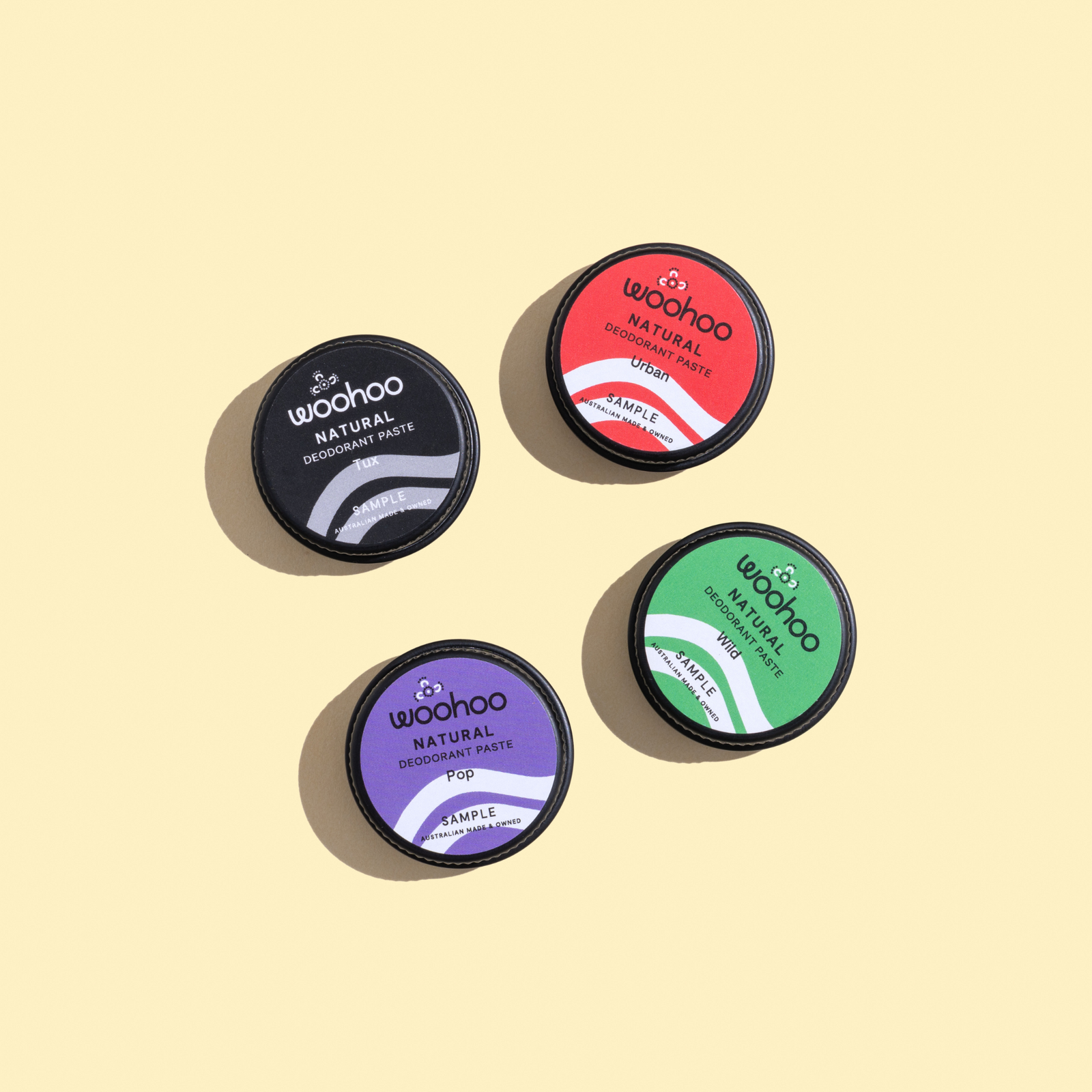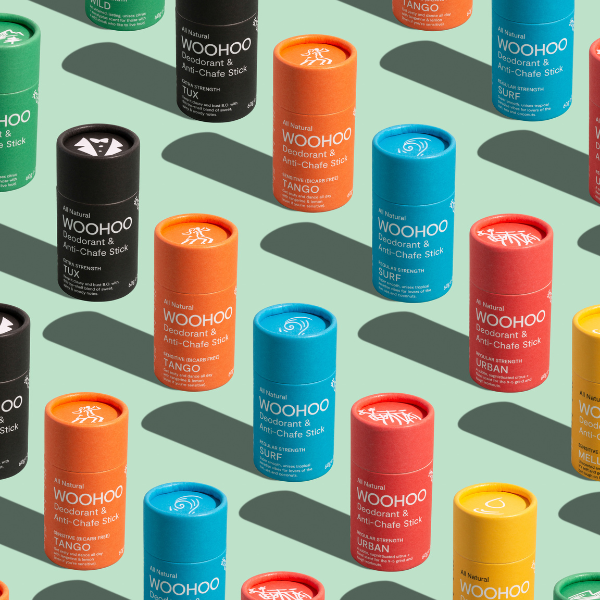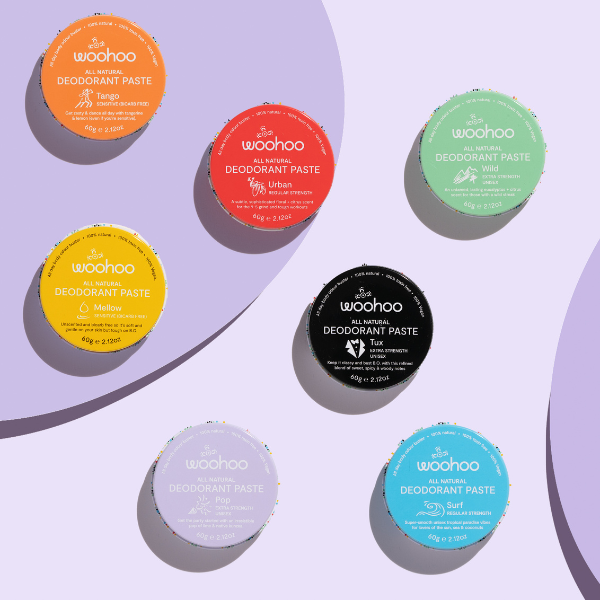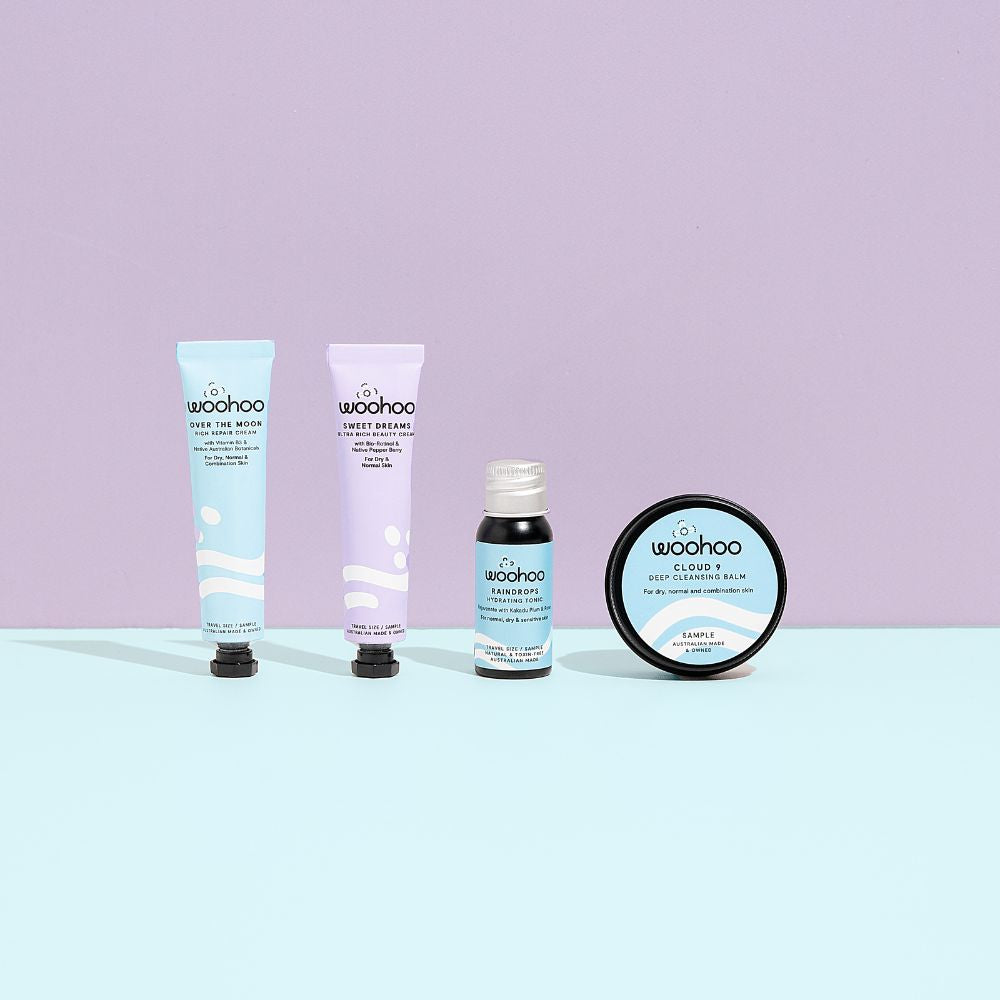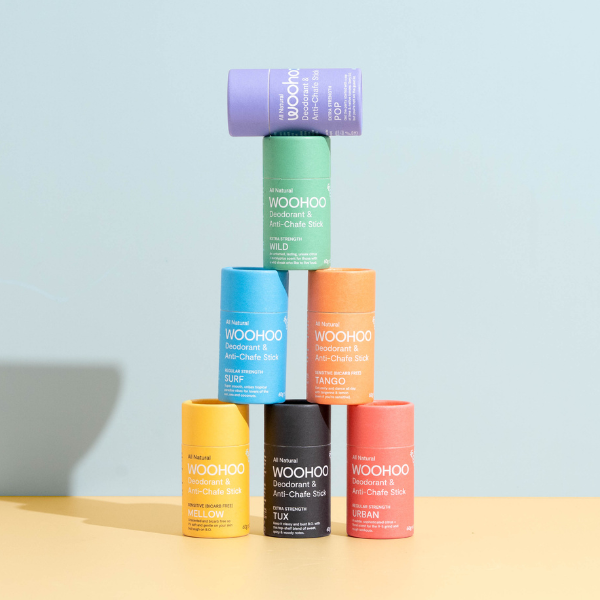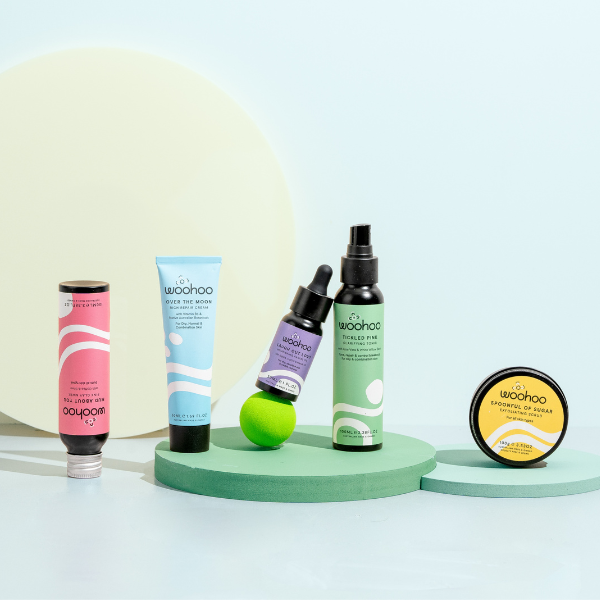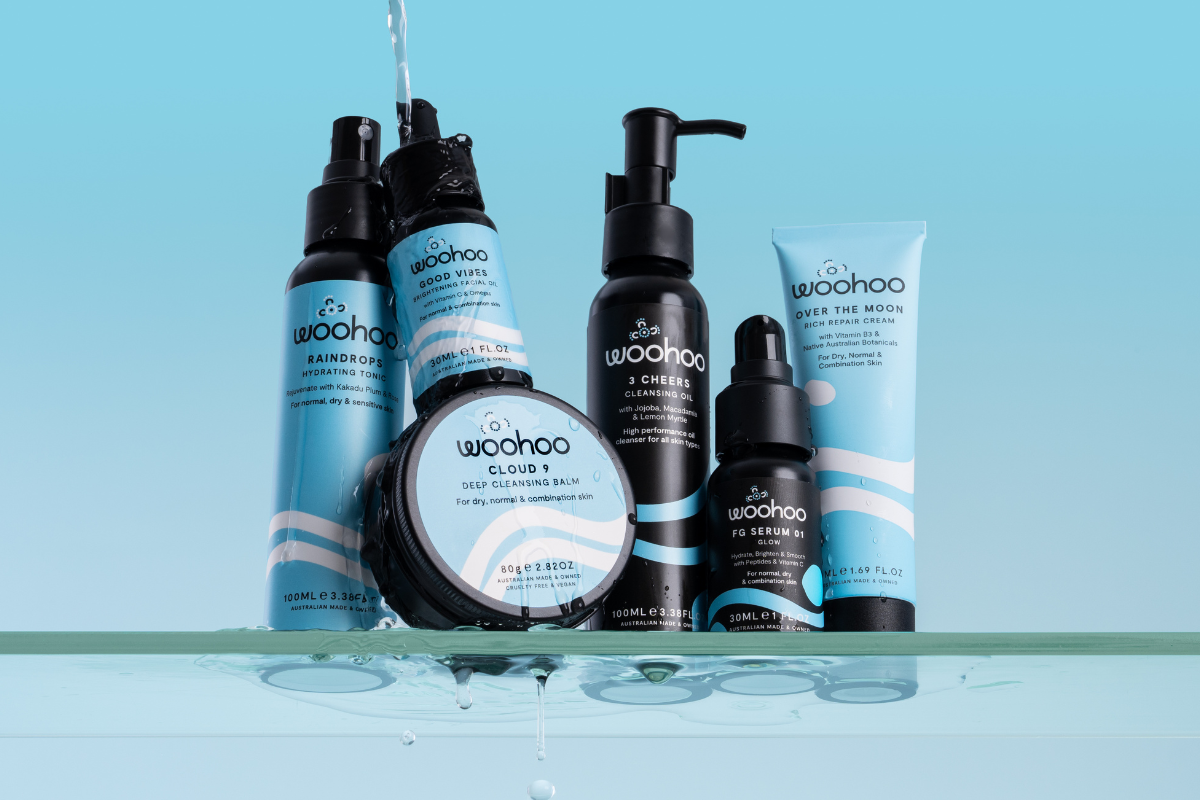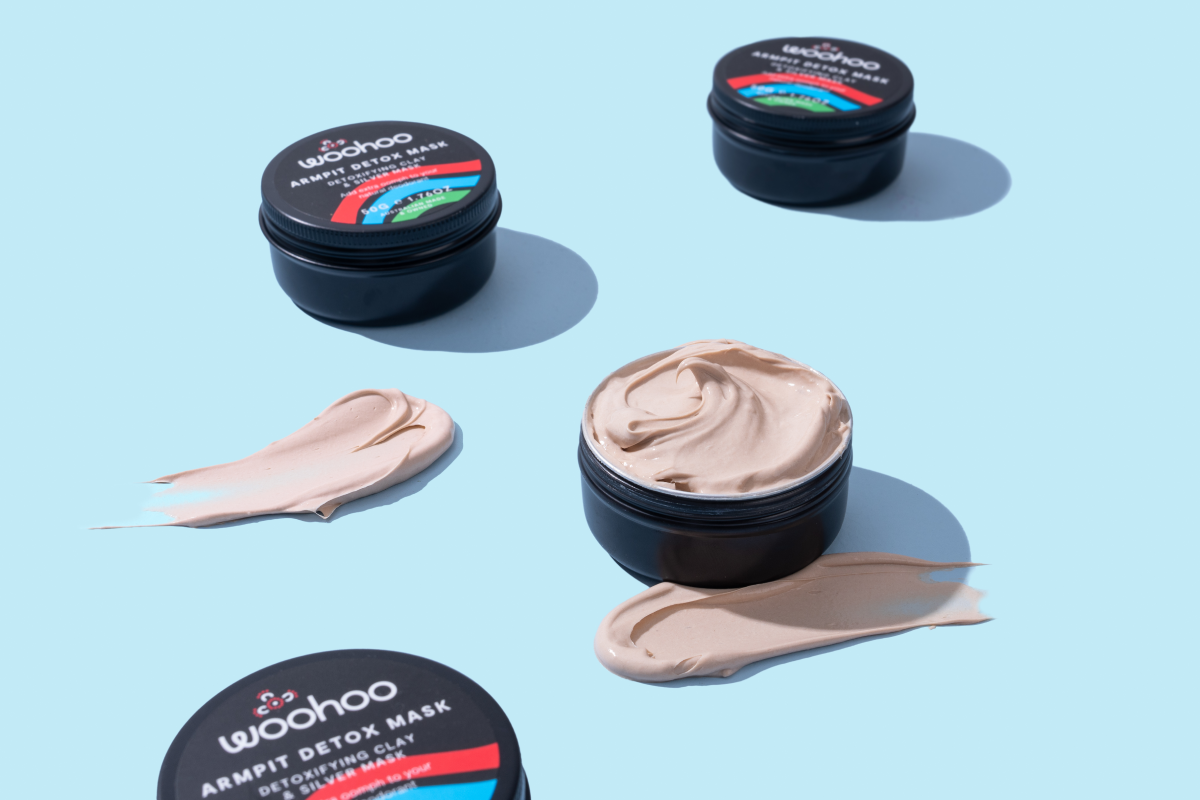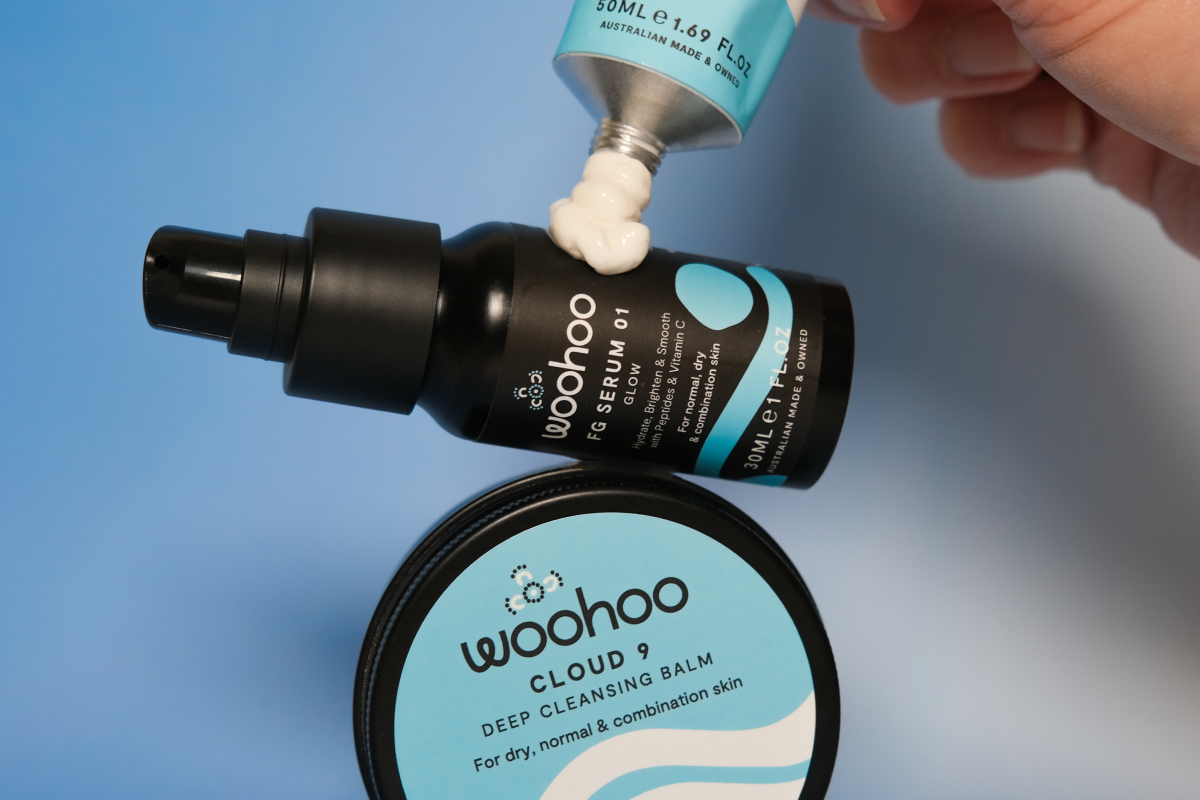Do you have small veins that you can see on your face or legs that can look like tree branches or spider webs? Or bruise-like spots on your nose, cheeks or chin?
You might have what is commonly known as “broken capillaries” or spider veins. Surprisingly it affects over 60% of people over 30, so if you have broken capillaries you’re not alone.
What causes spider veins?
When your skin is injured or irritated the tentacle-like veins just beneath the surface of the skin become visible because they have been dilated or expanded. When this happens too quickly the walls of the muscle tear and bleed.
 If this happens again and again, it can leave the capillaries permanently dilated, giving you visible signs on your face or legs – spider veins that are usually red or blue in colour.
If this happens again and again, it can leave the capillaries permanently dilated, giving you visible signs on your face or legs – spider veins that are usually red or blue in colour.
So the capillaries are not really broken in the sense that they have fallen apart or burst – they just no longer work properly.
Those of us with fair skin from our English, Irish or Scottish ancestors or if you have sensitive, very dry skin, thin skin or rosacea then you are more susceptible to broken capillaries.
Repeated dilation from things such as hot showers, microdermabrasion, eating hot and spicy food, alcohol and hard exercise can all leave your capillaries permanently dilated.
How to get rid of spider veins
This is one condition that needs specialist treatment because a specialist will need to determine if your problem is cosmetic or is related to venous insufficiency (a problem with your veins). If your spider veins are just cosmetic then you may be able to have them treated with sclerotherapy.
So for this one please get advice from your GP or dermatologist.
Don’t Despair – You can still take matters into your own hands
Prevention is not as sexy as cure but there are things you can do reduce your chances of getting broken capillaries.
- Avoid extreme temperature changes. Jumping out of the sauna and into the snow is not the best idea for your capillaries
- Protect yourself from the wind to prevent windburn
- Stay sun safe
- Take lukewarm showers, not super-duper hot ones where the water is 1 degree below boiling

- Keep the pressure off your skin. Pinching, squeezing and heavy glasses can all be causes.
- Go easy on the microdermabrasions
- And don’t overdo the alcohol
Your skincare products can make a difference too
Stick with calming, soothing, anti-inflammatory ingredients
If you have broken capillaries or spider veins (or you’re susceptible to getting them) then you would be best off using skincare products that have anti-inflammatory, calming and soothing ingredients. Some of the age-old favourites are chamomile, calendula and comfrey.
We love Black Seed Oil and Tamanu Oil for their anti-inflammatory properties and their ability to reduce redness. Black Seed Oil is an excellent option for your face because it’s also a fantastic light and non-pore-clogging oil for hydration, anti-ageing and blemishes (this is Phoebe’s favourite oil!).
If you prefer a cream to an oil to keep your skin hydrated, soothed and supple (this minimises the chance of irritation which prevents the dreaded repeated dilation) we can’t go past recommending our Perfectly Happy Anti-Ageing Cream. It has the master skin calming ingredient MSM along with many other skin loving ingredients giving you everything from Omega 3 to Vitamin C.
Keep your skin cool
A cold washer after cleansing can do wonders to calm your skin down, keeping redness at bay.
During the day if you need a quick refresh or a little cooling down you can use a hydrating tonic. The Raindrops on Roses Hydrating Tonic is a perfect choice (just like many of our products it has skin-soothing MSM). Plus if you need a little extra coolness you can keep your tonic in the fridge!
Image source: http://www.optimaveincare.com, http://thebeautyrules.com

